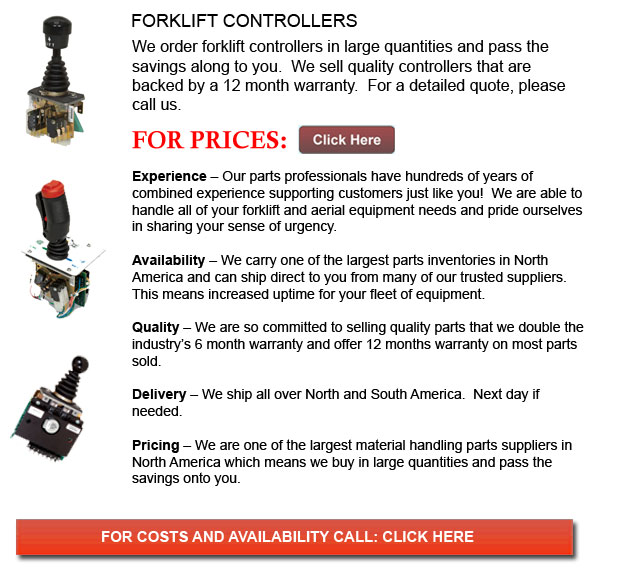
Forklift Controller - Forklifts are obtainable in a wide range of load capacities and several units. The majority of lift trucks in a standard warehouse situation have load capacities between 1-5 tons. Bigger scale units are used for heavier loads, such as loading shipping containers, can have up to 50 tons lift capacity.
The operator can use a control in order to raise and lower the tines, that are likewise called "tines or forks." The operator could likewise tilt the mast in order to compensate for a heavy load's tendency to angle the tines downward to the ground. Tilt provides an ability to function on bumpy ground also. There are yearly competitions meant for skillful lift truck operators to contend in timed challenges and obstacle courses at regional lift truck rodeo events.
Forklifts are safety rated for cargo at a specific limit weight as well as a specific forward center of gravity. This essential info is supplied by the manufacturer and located on a nameplate. It is vital loads do not exceed these details. It is illegal in numerous jurisdictions to tamper with or remove the nameplate without obtaining permission from the forklift maker.
Most lift trucks have rear-wheel steering to be able to increase maneuverability inside tight cornering conditions and confined areas. This kind of steering varies from a drivers' first experience with different vehicles. Because there is no caster action while steering, it is no necessary to apply steering force to be able to maintain a continuous rate of turn.
One more unique characteristic common with forklift use is instability. A constant change in center of gravity happens between the load and the forklift and they need to be considered a unit during use. A forklift with a raised load has centrifugal and gravitational forces which may converge to bring about a disastrous tipping accident. In order to prevent this from happening, a forklift must never negotiate a turn at speed with its load raised.
Forklifts are carefully designed with a particular load limit utilized for the tines with the limit decreasing with undercutting of the load. This means that the load does not butt against the fork "L" and would decrease with the elevation of the blade. Normally, a loading plate to consult for loading reference is located on the lift truck. It is dangerous to make use of a lift truck as a worker lift without first fitting it with certain safety tools such as a "cherry picker" or "cage."
Lift truck use in warehouse and distribution centers
Forklifts are an important component of warehouses and distribution centers. It is significant that the work situation they are located in is designed in order to accommodate their efficient and safe movement. With Drive-In/Drive-Thru Racking, a lift truck must travel inside a storage bay that is many pallet positions deep to set down or take a pallet. Operators are often guided into the bay through rails on the floor and the pallet is positioned on cantilevered arms or rails. These tight manoeuvres need skilled operators so as to complete the job safely and efficiently. As each pallet requires the truck to go in the storage structure, damage done here is more frequent than with different kinds of storage. If designing a drive-in system, considering the dimensions of the tine truck, as well as overall width and mast width, must be well thought out to be able to be sure all aspects of a safe and effective storage facility.
![]() Click to Download the pdf
Click to Download the pdf
Forklift Parts
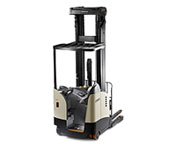
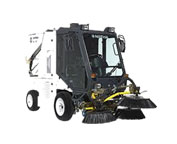
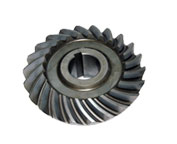
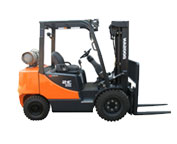
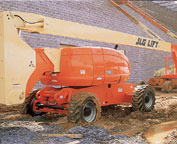
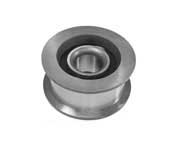
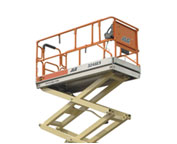
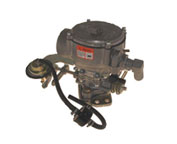
Lift Parts Express
TOLL FREE: 1-888-695-7994
LOCAL: 512-539-0857
2407 S Congress Ave Ste E # 584
Austin, Texas
forkliftpartsaustin.com
Email Us
About Us


